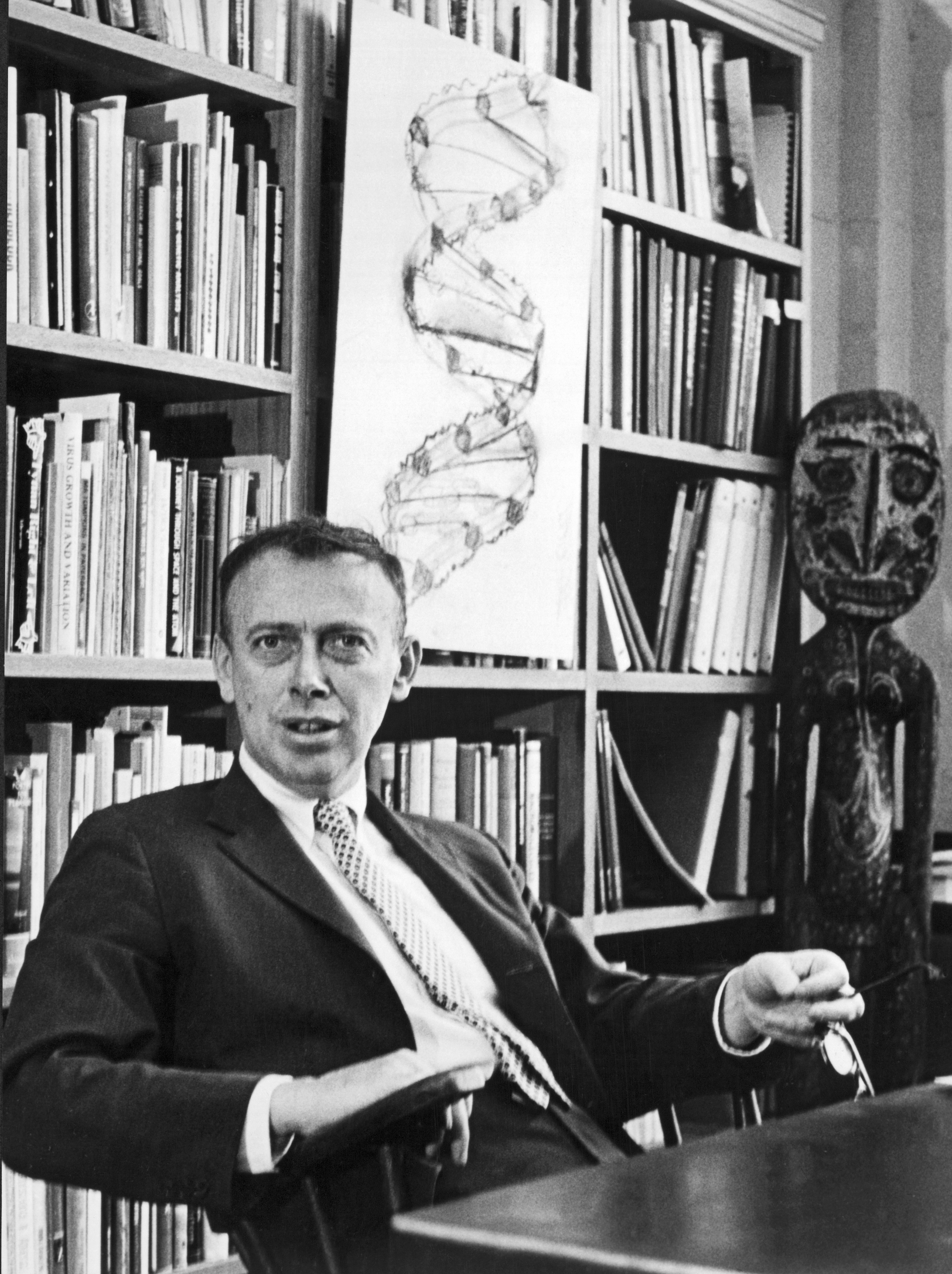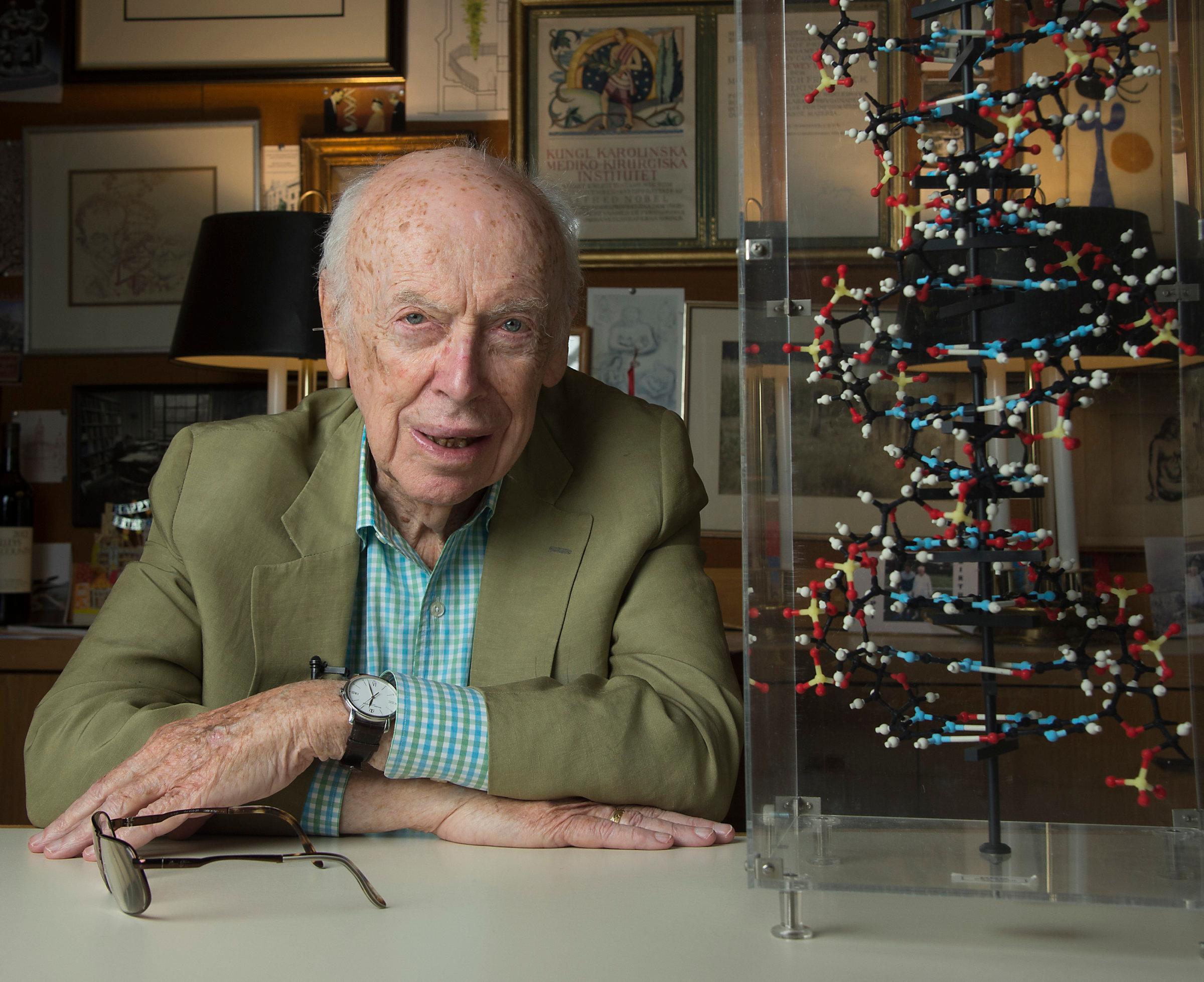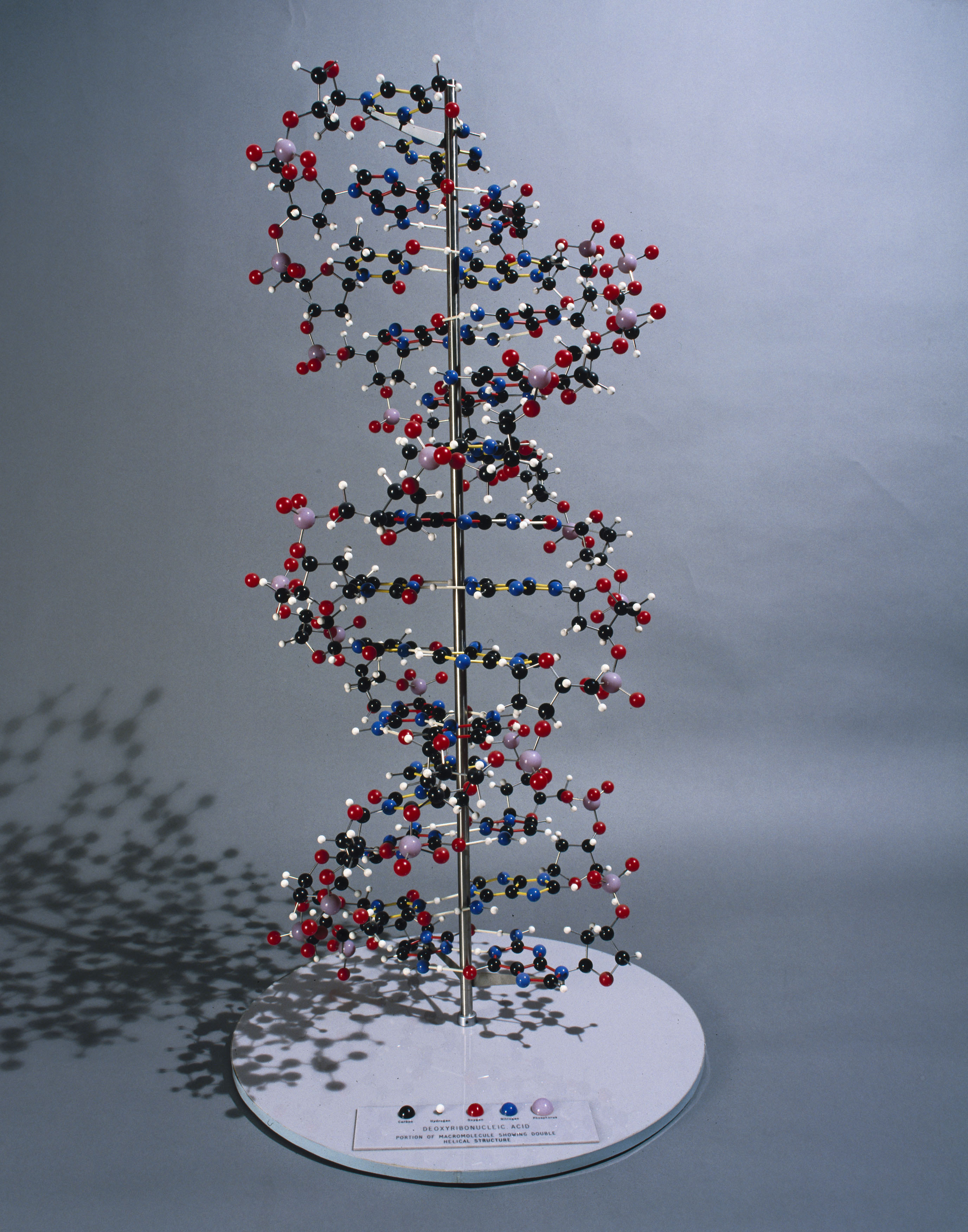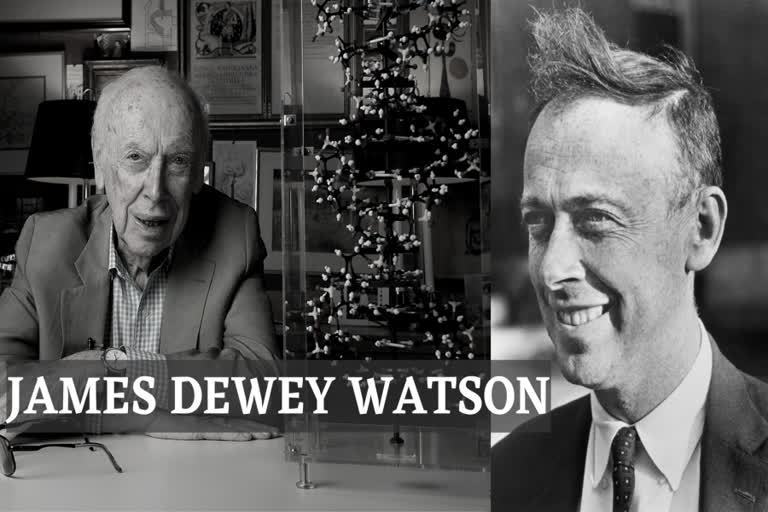Hyderabad: James Dewey Watson is known as the father of DNA. In mid-March 1953, Watson and Crick derived the twofold helix construction of DNA. Watson and Crick presented a paper named "Molecular Structure of Nucleic Acids: A Structure for Deoxyribose Nucleic Acid" to the logical diary Nature, which was first published on April 25, 1953.
Interesting facts about James Dewey Watson:-
- On May 15, 1953, an article by Ritchie Calder in the London paper News Chronicle, named "Why You Are You. Closer Secret of Life" was printed.
- In 1990, Watson was designated as the Head of the Human Genome Project at the National Institutes of Health, a position he held until April 10, 1992.

- He worked with the National Institutes of Health, assisting with building up the Human Genome Project. Watson left the Genome Project after clashes with the new NIH Director, Bernadine Healy. Watson was against Healy's endeavours to gain licenses on quality groupings and any responsibility for "laws of nature."
- Initially, Watson was brought into Sub-atomic by the craft of Salvador Luria. He and Max Delbrück were among the heads of this new "Phages Group," a significant development of geneticists from trial frameworks like Drosophila towards microbial hereditary genetics. The Phage Group was the scholarly medium where Watson turned into a functioning researcher. Significantly, the individuals from the Phage Group detected that they were on the way to finding the actual idea of the quality.
- In 1949, Watson took a course with Felix Haurowitz that incorporated the customary perspective on that time: that qualities were proteins and ready to imitate themselves.
- Watson, influenced by the Phage Group, knew about the Avery–MacLeod–McCarty test, which recommended that DNA was the hereditary atom. Watson's exploration project included utilizing X beams to inactivate bacterial infections.

- In 1956, Watson held a post in the Biology division at Harvard University. His work at Harvard focused on RNA and its part in the exchange of hereditary data. He advocated a switch in concentration for the school from old-style science to sub-atomic science, expressing that orders like environment, formative science, scientific classification, physiology, and so forth had deteriorated and could advance just once the fundamental orders of sub-atomic science and natural chemistry had clarified their underpinnings, venturing to such an extreme as to debilitate their examination by understudies.
- During his term at Harvard, Watson took part in a dissent against the Vietnam War, driving a gathering of 12 scientists and organic chemists requiring "the quick withdrawal of U.S. powers from Vietnam."
- In 1975, on the 30th commemoration of the bombarding of Hiroshima, Watson was one of more than 2000 researchers and architects who stood up against atomic multiplication to President Gerald Ford, contending that there was no demonstrated technique for the protected removal of radioactive waste and that atomic plants were a security danger because of the chance of psychological militant robbery of plutonium.
- In 1968, Watson turned into the Director of the Cold Spring Harbor Laboratory (CSHL). Somewhere in the range of 1970 and 1972, the Watsons' two children were conceived and by 1974, the youthful family made Cold Spring Harbor their lasting home.
- Watson filled in as the lab's chief and president for around 35 years, and later he accepted the job of chancellor and afterwards Chancellor Emeritus.
- In his parts as chief, president, and chancellor, Watson drove CSHL to explain its present-day mission, "commitment to investigating atomic science and hereditary qualities to propel the arrangement and capacity to analyze and treat malignancies, neurological sicknesses, and different reasons for human misery."
- In 2007, Watson said, "I betrayed the left wing since they don't care for hereditary qualities, since hereditary qualities suggest that occasionally in life we come up short since we have awful qualities. They need all disappointment in life to be because of the malicious framework."

- In 2007, Dr. Watson, who shared a 1962 Nobel Prize for portraying the twofold helix design of DNA, told a British writer that he was "inalienably desolate about the possibility of Africa" since "all our social approaches depend on the way that their insight is equivalent to our own, though all the testing says, not actually."
- In addition, he added, in spite of the fact that he wished everybody was equivalent, "individuals who need to manage dark workers track down this false."
- Dr. Watson's remarks resounded all throughout the planet and he had to resign from his work as chancellor of the Cold Spring Harbor Laboratory on Long Island, in spite of the fact that he holds an office there.
- Watson has over and again stated that distinctions in normal estimated IQ among blacks and whites are because of genetics.
- In early October 2007, he was met by Charlotte Hunt-Grubbe at Cold Spring Harbor Laboratory (CSHL). He talked about his view that Africans are less insightful than Westerners. Watson said his aim was to advance science, not prejudice, but rather some UK settings dropped his appearances, and he dropped the remainder of his visit.
- Watson, Crick and Maurice Wilkins were granted the 1962 Nobel Prize in Physiology or Medicine "for their disclosures concerning the sub-atomic (molecular) design of nucleic acids and its importance for information transfer in living material".
- Essential to their disclosure was the trial information gathered at King's College London – fundamentally by Rosalind Franklin for which they didn't give appropriate attribution.
- Sir Lawrence Bragg, the overseer of the Cavendish Laboratory (where Watson and Crick worked), made the first declaration of the disclosure at a Solvay gathering on proteins in Belgium on April 8, 1953; it went unreported by the press.
Also Read: DRDO's chaff technology to safeguard naval ships from missile attack
(Inputs from IANS)



